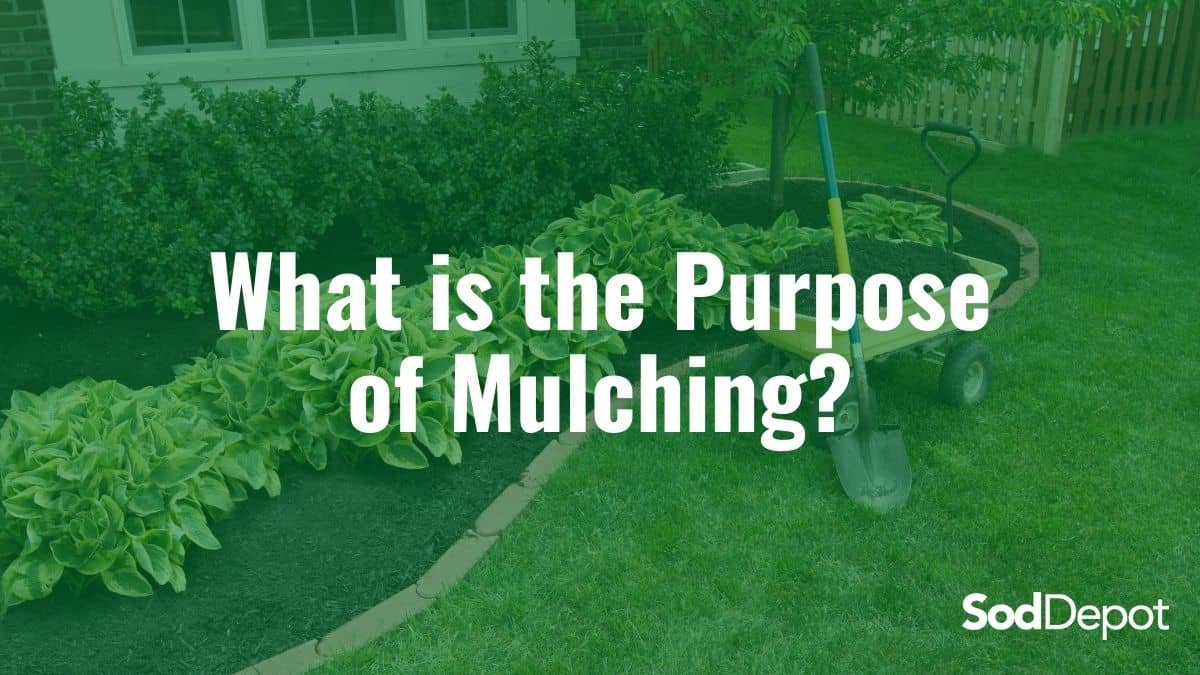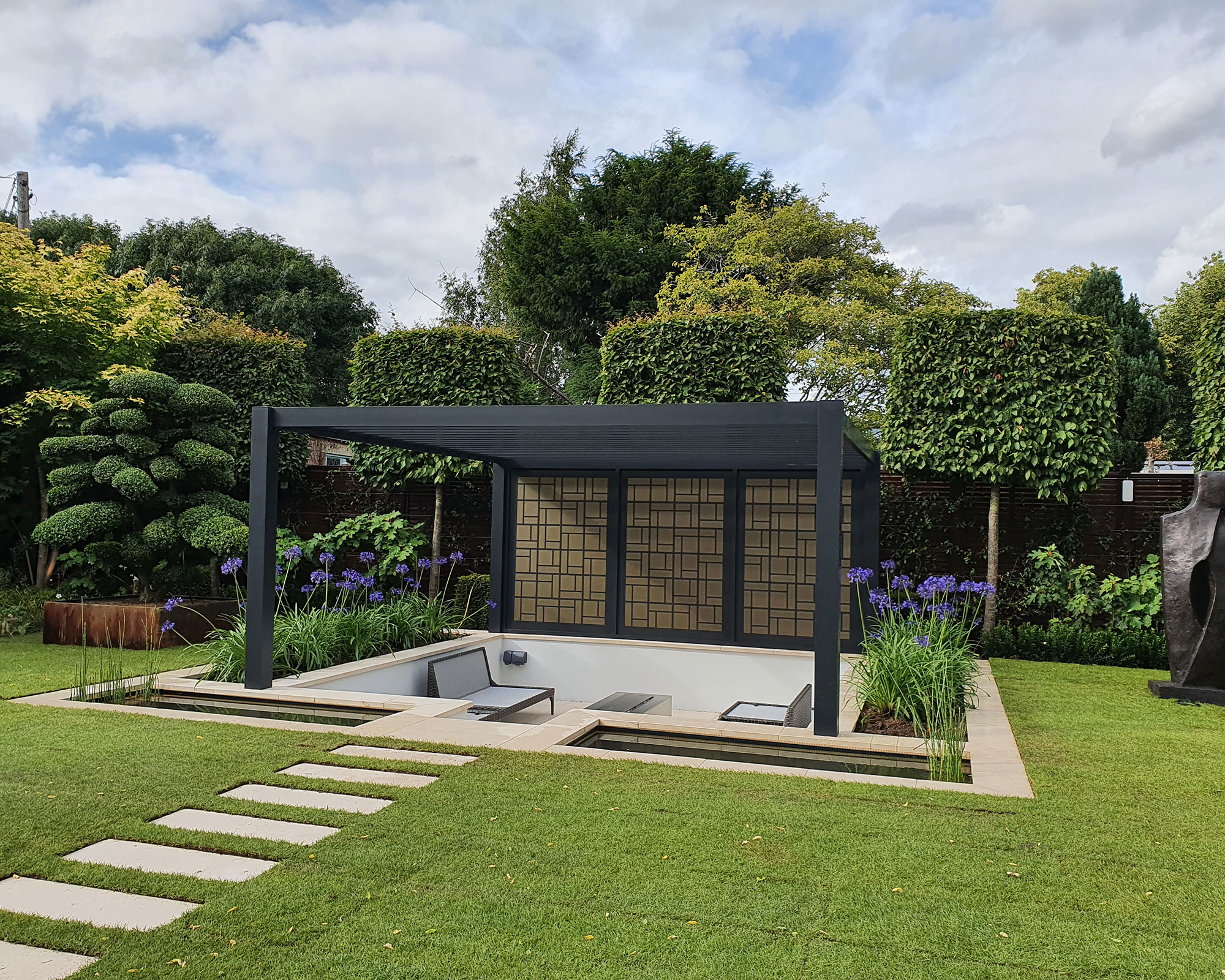The Basic Principles Of Hilton Head Landscapes
The Basic Principles Of Hilton Head Landscapes
Blog Article
Unknown Facts About Hilton Head Landscapes
Table of ContentsHilton Head Landscapes Things To Know Before You Get ThisIndicators on Hilton Head Landscapes You Should KnowLittle Known Facts About Hilton Head Landscapes.The 10-Second Trick For Hilton Head LandscapesThe smart Trick of Hilton Head Landscapes That Nobody is Talking AboutWhat Does Hilton Head Landscapes Mean?The 5-Minute Rule for Hilton Head LandscapesFacts About Hilton Head Landscapes Uncovered
Kind compatibility is also a major component of unity in designone or two strikingly various types are great for contrast and focus, however typically all various other types must have some similarities for a combined appearance. Texture describes just how rugged or great the surface area of the plant or hardscape product feels and/or looks.
Examples of plants with crude appearance include philodendrons, agaves, bromeliads, hollies, palms, and hydrangeas. Features that produce fine structure include tiny foliage; slim, strappy leaves (grasses) or high, thin stems; small, thick twigs and tiny branches; long stems (vines); and tiny, delicate blossoms.
Unknown Facts About Hilton Head Landscapes
A lot of plants are average appearance, in that they can not be described as having either coarse or fine structure. Medium-textured plants act as a background to web link and link the crude- and fine-textured plants.

To make a room really feel smaller, put the crude textures along the outer perimeter and the fine structures closest to the audience. The detail of the rugged structure makes the plants appear closer and makes the area feel smaller. The viewed structure of plants can likewise change with the distance from the plant.
Some Known Facts About Hilton Head Landscapes.
Vibrant colors enhance the contrast and make the texture appear coarser, while low-key colors can squash structure. Hardscape with a coarse texturesuch as very harsh rocks and vibrant, big timberstends to make all plant material show up more medium textured. Developers typically establish a structure research (Figure 8) theoretically to help determine the setup of plant materials.
Shade in plant product and hardscape adds passion and range to the landscape. Shade is the most noticeable component in the landscape and is typically the emphasis of most home owners; nevertheless, it is also the most momentary aspect, usually lasting only a few weeks a year for individual plants.
Some Known Details About Hilton Head Landscapes
A straightforward description of the color wheel includes the three primaries of red, blue, and yellow; the three second shades (a mix of two primaries) of eco-friendly, orange, and violet; and 6 tertiary colors (a mix of one adjacent primary and additional color), such as red-orange. Shade concept clarifies the relationship of colors to each other and how they should be utilized in a structure.

Analogous (often called unified) color pattern are any kind of three to five colors that are adjacent on the color wheel, such as red, red-orange, orange, yellow-orange, and yellow, or blue, blue-violet, and violet (landscaping hilton head sc). The colors relate to every other since they normally consist of 2 main colors mixed to develop an additional and two tertiary colors, which implies they share common homes
Complementary colors are typically discovered normally in flowers; an usual pair is yellow and violet. Shade is discovered in the flowers, foliage, bark, and fruit of plants.
6 Simple Techniques For Hilton Head Landscapes
Environment-friendly foliage in all its various shades is the leading color by amount, but other colors record interest quicker since of their high contrast to the shade eco-friendly. Shade is also located in buildings, rocks, pavers, timber, and furnishings. A lot of shades in all-natural materials, such as stone and timber, are usually low-key and have a tendency to be variations of brown, tan, and light yellow.
Colors have buildings that can affect feelings, spatial perception, light high quality, equilibrium, and emphasis. Great shades have a tendency to be calming and need to be made use of in locations for relaxation and calmness.
Hilton Head Landscapes Can Be Fun For Everyone
The "temperature level" of colors can also affect the understanding of range. Cool shades have a tendency to decline and are viewed as being farther away, making a space really feel bigger. Cozy colors tend to advance and are perceived as being more detailed, making an area really feel smaller sized. Color can likewise be used to catch focus and direct views.
For example, intense yellow, which has the greatest strength, also has a high contrast with all other shades (commonly called a "pop" of shade) and need to be conserved. A little quantity of intense shade has as much visual weight as a large amount of a much more suppressed or weaker shade.
Comparable (sometimes called harmonious) color pattern are any kind of three to five colors that are nearby on the color wheel, such as red, red-orange, orange, yellow-orange, and yellow, or blue, blue-violet, and violet. The shades belong per other because they generally consist of 2 primary colors blended to form a secondary and two tertiary shades, which suggests they share usual homes.
The Best Guide To Hilton Head Landscapes
Corresponding colors are often found normally in blossoms; a typical pair is like it yellow and violet. Color is discovered in the blossoms, foliage, bark, and fruit of plants.
Green foliage in all its numerous tones is the dominant color by amount, yet other colors capture focus quicker as a result of their high contrast to the shade green - hilton head landscapers - https://www.domestika.org/en/stevenagonzales. Shade is likewise found in buildings, rocks, pavers, timber, and furnishings. A lot of colors in all-natural materials, such as rock and wood, are typically soft and tend to be variants of brownish, tan, and pale yellow
Unknown Facts About Hilton Head Landscapes
Color is a crucial component for creating rate of interest and selection in the landscape. Colors have residential properties that can affect emotions, spatial understanding, light top quality, equilibrium, and focus. One residential property of shade is described about temperaturecolors seem great or warm and can affect feelings or feelings. Great shades often tend to be relaxing and should be used in areas for relaxation and calmness.
The "temperature level" of shades can additionally influence the assumption of range. Great colors have a tendency to recede and are perceived as being farther away, making a room really feel bigger. Warm colors tend to advance and are perceived as being more detailed, making a room really feel smaller. Color can additionally be made use of to catch interest and direct sights.
Intense yellow, which has the greatest intensity, additionally has a high comparison with all other colors (usually explained as a "pop" of color) and need to be utilized sparingly. A tiny amount of intense shade has as much visual weight as a huge amount of an extra restrained or weaker shade.
Report this page